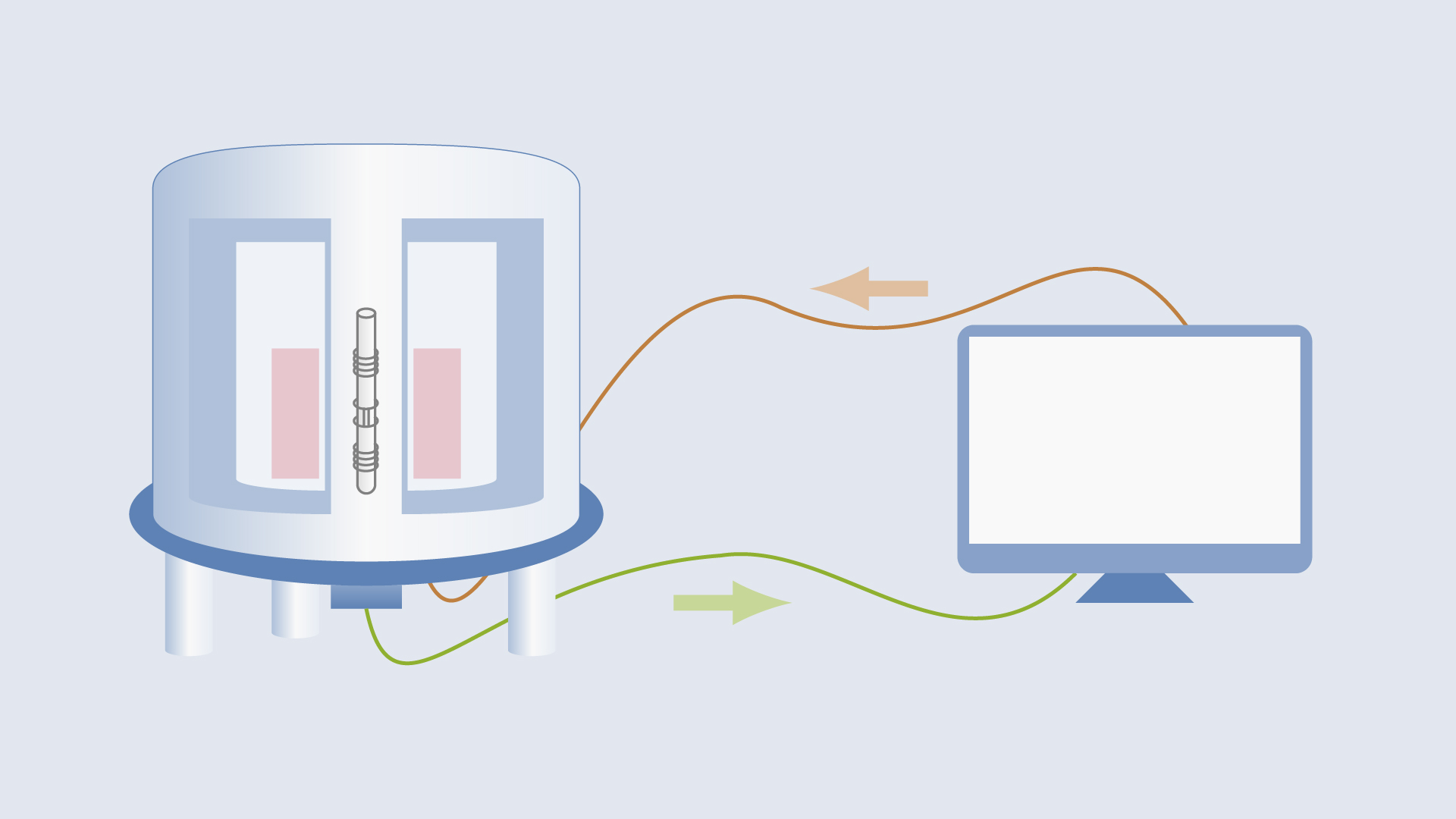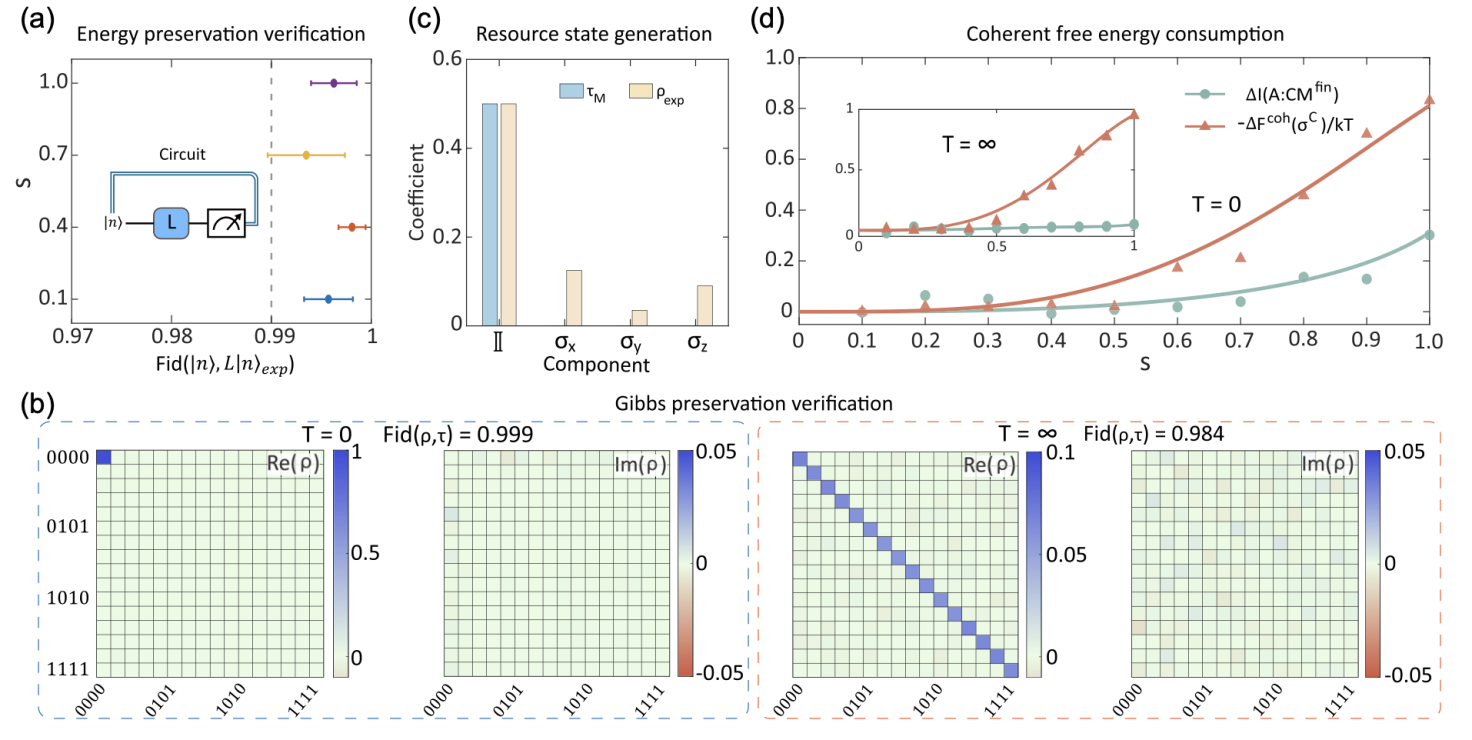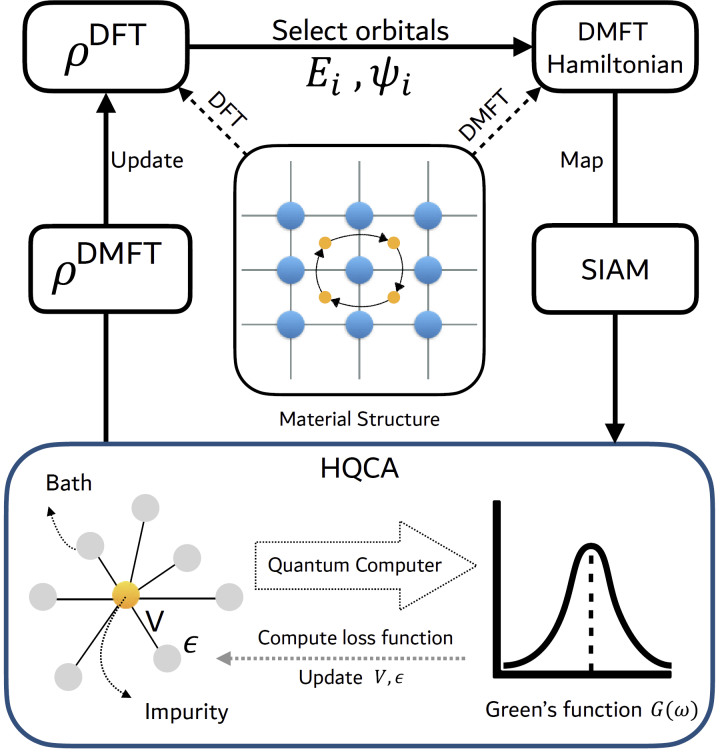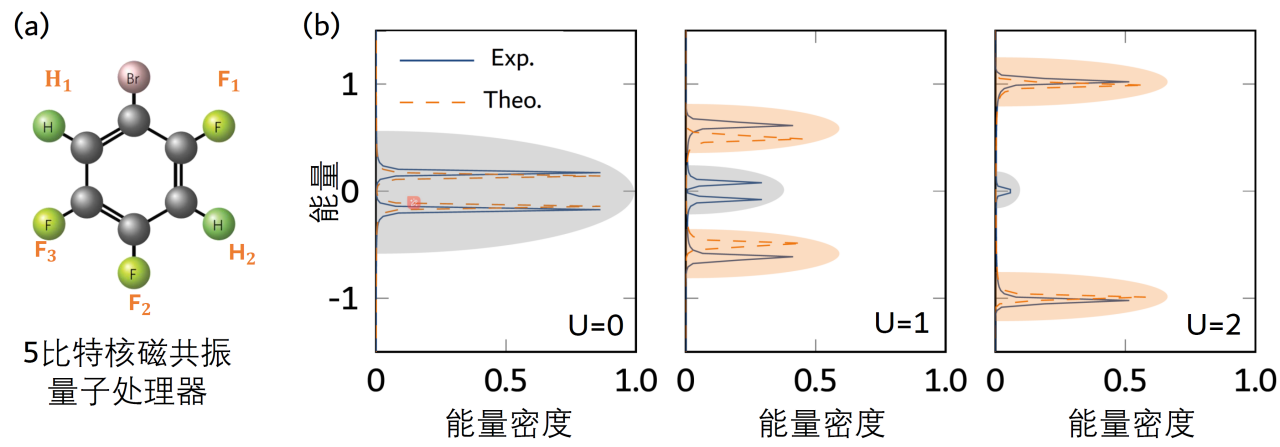Quantum computing, particularly using nuclear magnetic resonance (NMR), offers new possibilities for solving complex problems that classical methods cannot handle. This field is especially promising for advancing quantum information processing and simulating strongly correlated materials. Continued research in NMR quantum computing is crucial for unlocking these capabilities and paving the way for breakthroughs in quantum communication and technology.
Associate Professor Dawei Lu’s research group from the Department of Physics at the Southern University of Science and Technology (SUSTech) has made significant advancements in the field of NMR quantum computing. Their research findings have been published in two papers in Physical Review Letters.

Experimental validation of quantum switch and thermodynamic resource consumption
The phenomenon of causal order superposition allowed by quantum mechanics has recently garnered widespread attention in the field of quantum information processing. Among these, the coherent superposition of causal orders in two channels, known as the quantum switch, is the simplest and most studied structure. In quantum thermodynamics, the quantum switch enables a quantum system to be superimposed over different orders of two thermal baths, distinguishing it from traditional thermalization processes.
In classical scenarios, a quantum system inevitably loses some information after undergoing two sequential thermalization processes. Surprisingly, the introduction of the quantum switch effectively reduces this information loss, enhancing the information transmission capacity of quantum channels. However, Maxwell’s thought experiment reveals a close relationship between information and energy, raising concerns among researchers about whether the increase in channel capacity violates the second law of thermodynamics. While thermalization processes always adhere to the principle of energy conservation, the increase in information capacity seems inconsistent with thermodynamic expectations.
Dawei Lu’s team, in collaboration with others, conducted in-depth experimental studies on this topic. Utilizing NMR technology, they performed coherent control of nuclear spins in a system composed of four qubits. The experimental results not only successfully reproduced the increase in information capacity under the quantum switch but also revealed that this enhancement actually consumed the coherent free energy of the additional control.

Figure 1. Validation that the quantum switch is a thermodynamic resource and consumes the coherent free energy of control qubits.
The team’s experiments demonstrated that under the condition of channel energy conservation, the increase in channel capacity brought about by the quantum switch consistently remains within the theoretical upper limit. However, this upper limit can be breached in certain regions when the channel does not adhere to the first law of thermodynamics. When additional thermodynamic resources are available for consumption, the quantum switch can further enhance information capacity, offering new possibilities for improving future quantum information transmission efficiency.
These series of experimental results showcase the significant advantage of the quantum switch in effectively preserving information in thermal channels. They also provide direction for future research on general thermodynamic resource theories, suggesting that quantum switches and other potentially uncertain causal structures should be regarded as resources. The unique operational characteristics of the quantum switch will inspire innovative designs in quantum thermodynamics experiments. Moreover, these findings will provide new insights for the development of more efficient quantum communication technologies.
This paper, entitled “Experimental Validation of Enhanced Information Capacity by Quantum Switch in Accordance with Thermodynamic Laws”, has been published in Physical Review Letters.
Joint Ph.D. student Cheng Xi from SUSTech and the City University of Hong Kong (CityU) and Ph.D. student Xiangjing Liu from SUSTech are the co-first authors of this paper. Associate Professor Dawei Lu, Associate Professor Oscar Dahlsten from CityU, and Research Assistant Professor Xinfang Nie from SUSTech are the corresponding authors, with SUSTech serving as the first affiliated institution.
Self-consistent solution of the single-impurity Anderson model
In strongly correlated materials, strong interactions between electrons make conventional classical computational methods inadequate for handling these materials. Traditional density functional theory (DFT) works effectively for weakly correlated materials but struggles with strongly correlated systems. To address this issue, the researchers introduced dynamical mean-field theory (DMFT), which maps complex many-body problems to local problems to simplify computations.
In practical applications, they use DFT to compute a material’s preliminary band structure and electron density and then select correlated orbitals for DMFT treatment. This process involved constructing an effective Hamiltonian (e.g., Anderson impurity model) from the DFT results. Afterward, they iteratively computed a self-consistent local Green’s function using DMFT to capture electron correlation effects. This allowed them to ultimately update the total band structure and electron density. However, computing the Green’s functions for these local problems still demands substantial computational resources, especially when dealing with more correlated orbitals, which classical computational methods struggle to manage.
To tackle this challenge, Bauer et al. proposed a hybrid quantum-classical algorithm (HQCA) in 2016. This method combines the strengths of quantum and classical computing, seamlessly integrating classical and quantum algorithms into the DFT+DMFT framework. Quantum computers are used to efficiently solve the computationally intensive Anderson impurity model, while smaller computational tasks are performed on classical computers. In moderately noisy quantum devices, this hybrid approach is considered one of the pathways to achieving quantum advantage. Relevant algorithms have already been applied to determine molecular ground states, simulate quantum dynamics, perform quantum machine learning, and optimize quantum control.

Figure 2. Flowchart of the hybrid quantum-classical algorithm for solving strongly correlated quantum systems.
In this study, the research team demonstrated the practical application of HQCA in addressing the inherent computational complexity of strongly correlated materials. By combining feedback loops of quantum and classical computations, they achieved a self-consistent solution of the single-impurity Anderson model (SIAM). The quantum portion was executed on a five-qubit nuclear magnetic resonance quantum processor.
During the experiment, the researchers successfully measured the Green’s function of the model under different electron interaction strengths. They determined the transition strength between the impurity and the bath through classical iteration. Additionally, this work analyzed the quantum phase transition from metallic to Mott insulating states in the well-known Bethe lattice Hubbard model.

Figure 3. (a) Molecular structure of the five-qubit quantum processor. (b) Variation of the energy density of SIAM with respect to the correlation strength U.
The experiment faced two main challenges during this process: preparing the SIAM ground state at different interaction strengths and measuring the Green’s function. To overcome the first challenge, they cleverly designed an adiabatic pathway to evolve the system from a known simple ground state to the ground state of the target Hamiltonian. For measuring Green’s function, they employed quantum scattering circuits, avoiding the exponential complexity of quantum state tomography.
With the continuous improvement in the number of qubits and their control precision, the application prospects of quantum computing in strongly correlated systems are promising. In the future, with the introduction of more complex models, quantum computing is expected to play a key role in handling strongly correlated crystal materials and complex molecules.
This paper, entitled “Self-Consistent Determination of Single-Impurity Anderson Model Using Hybrid Quantum-Classical Approach on a Spin Quantum Simulator”, has been published in Physical Review Letters.
Research Assistant Professor Xinfang Nie and Ph.D. student Xuanran Zhu from The Hong Kong University of Science and Technology (formerly an undergraduate student at SUSTech) are the first authors of this paper. Associate Professor Dawei Lu is the sole corresponding author, with SUSTech serving as the first affiliated institution.
Paper links (In order of appearance above):
Physical Review Letters: https://doi.org/10.1103/PhysRevLett.133.040401
Physical Review Letters: https://doi.org/10.1103/PhysRevLett.133.140602
To read all stories about SUSTech science, subscribe to the monthly SUSTech Newsletter.
Proofread ByAdrian Cremin, Yingying XIA
Photo ByDepartment of Physics